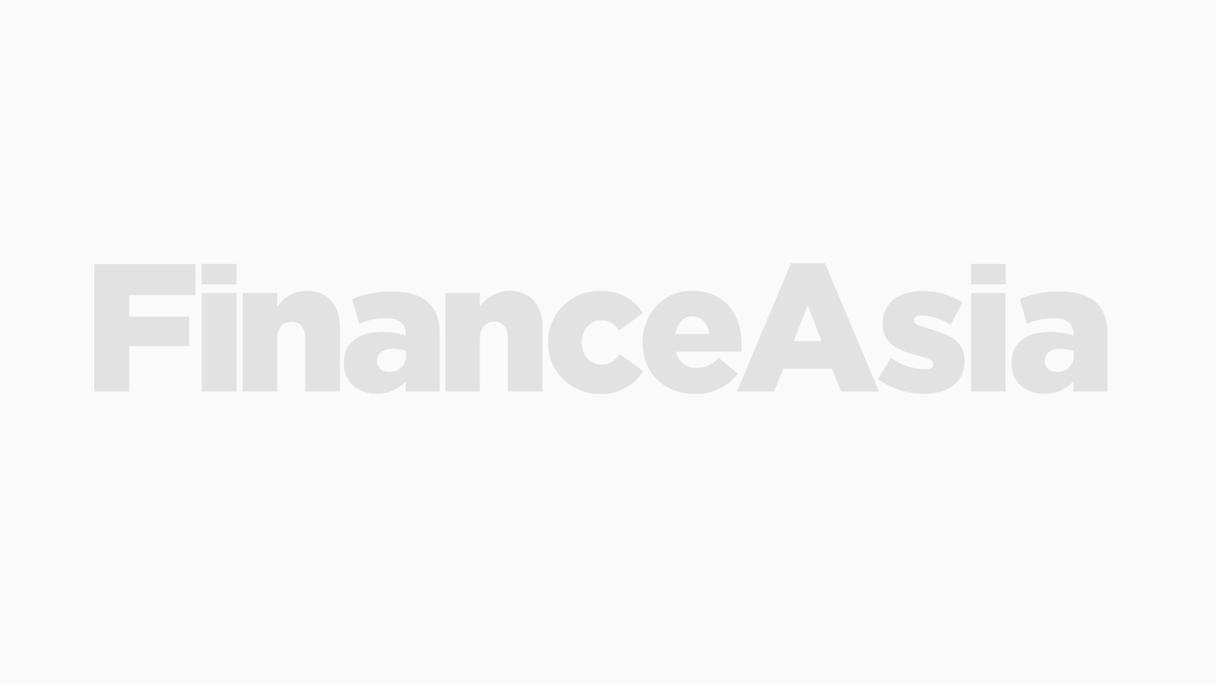The first large industrial company to issue a hybrid in Australia this year, Orica will pay a yield of between 6.5% and 7.5% above the 180-day bank bill swap rate and price talk is at the tight end of this range. Demand may see the issuer increase the size of the transaction to A$500 million.
The stapled securities with a face value of A$100 comprise a fully-paid preference share and a fully-paid unsecured note. The securities rank ahead of OricaÆs ordinary shares, but behind its existing preference shares and all creditors.
Investors will be attracted to the possibility of earning a stepped-up interest rate after five years or have the securities redeemed at face value.
The five-year step-up is a first in Australian hybrids and carries an increased margin of 2.25%, which OricaÆs general manager of treasury, Frank Micallef, believes is ôa handsome increaseö.
"The step-up had to be big enough for us to be incentivized to remarket the securities or redeem them. Investors wanted some assurance that we wouldn't just let them roll on," says Micallef in the lead up to the bookbuild.
The five-year structure is also a break with tradition. ôMost hybrids have a 10-year maturity but we wanted a five-year transaction because thatÆs what suits our balance sheet and thatÆs where there is a lot of demand from debt investors,ö he comments. ôBut getting the five-year deal through the ratings agency Standard & PoorÆs meant changing the common replacement language.ö
Orica had to agree that if it re-issues the securities in 2011 it must offer securities with a similar profile or risk losing the rating. Such replacement language has existed in hybrid documentation before, but has not been legally enforceable.
The lack of enforceability meant that Standard and Poor's wanted a 10-year instrument to give them the comfort that the hybrid would provide support to senior debt.
The Orica deal is the first in Australia to be done under the new ratings agency criteria. Standard & PoorÆs ultimately assigned a 50% equity credit to the transaction meaning that it treats the hybrid alternatively as equity and as debt. Previous hybrids have had a much lower equity credit.
Micallef says the new ratings treatment was an essential component of the deal. "For the last four years we've been telling investment banks that the hybrids didn't appeal to us as a fund raising instrument. Because of the way they were treated by the ratings agencies they had a reputation of being expensive debt."
He says maintaining a BBB+ rating was important. "We wanted an instrument that gave us equity for accounting purposes and didn't dilute earnings per share. We also wanted an instrument that would survive changes in international accounting standards and not be treated as debt further down the track."
Micallef says it is too early to tell whether the company will choose to remarket the securities in 2011 or redeem them. "We would be happy to re-issue a similar hybrid if we needed the credit support on our balance sheet at the time. But if we had some freeboard on our credit rating we might buy them back."
Orica is using the proceeds of the hybrid to partly pay for its A$900 million acquisition of Dyno NobelÆs explosives businesses in Europe, Middle East, Africa, Asia and Latin American which it completed in September last year. The other part of the acquisition was paid via a rights issue.



